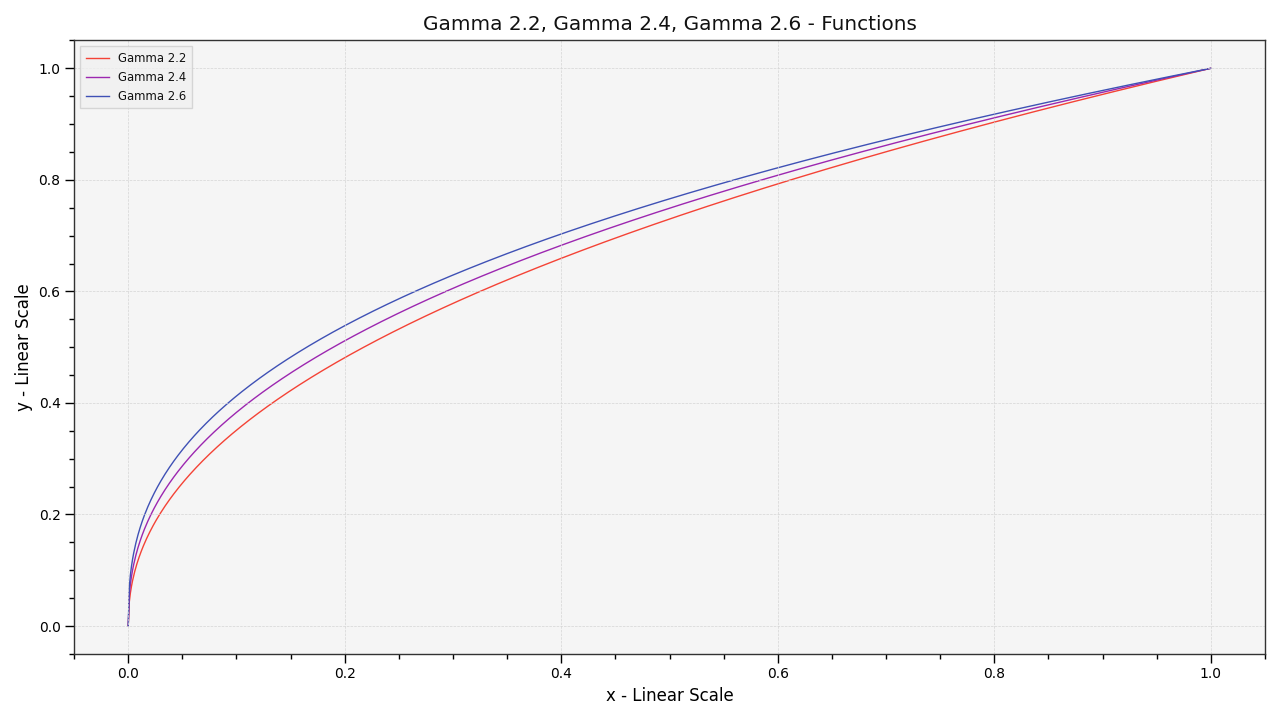colour.plotting.plot_multi_functions#
- colour.plotting.plot_multi_functions(functions: Dict[str, Callable], samples: ArrayLike | None = None, log_x: int | None = None, log_y: int | None = None, plot_kwargs: dict | List[dict] | None = None, **kwargs: Any) Tuple[Figure, Axes][source]#
Plot given functions.
- Parameters:
functions (Dict[str, Callable]) – Functions to plot.
samples (ArrayLike | None) – Samples to evaluate the functions with.
log_x (int | None) – Log base to use for the x axis scale, if None, the x axis scale will be linear.
log_y (int | None) – Log base to use for the y axis scale, if None, the y axis scale will be linear.
plot_kwargs (dict | List[dict] | None) – Keyword arguments for the
matplotlib.pyplot.plot()definition, used to control the style of the plotted functions.plot_kwargscan be either a single dictionary applied to all the plotted functions with the same settings or a sequence of dictionaries with different settings for each plotted function.kwargs (Any) – {
colour.plotting.artist(),colour.plotting.render()}, See the documentation of the previously listed definitions.
- Returns:
Current figure and axes.
- Return type:
Examples
>>> functions = { ... "Gamma 2.2": lambda x: x ** (1 / 2.2), ... "Gamma 2.4": lambda x: x ** (1 / 2.4), ... "Gamma 2.6": lambda x: x ** (1 / 2.6), ... } >>> plot_multi_functions(functions) ... (<Figure size ... with 1 Axes>, <...Axes...>)
